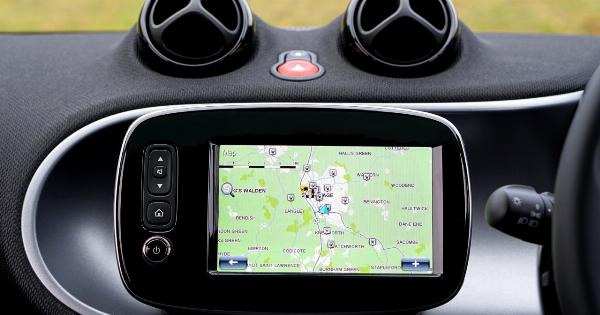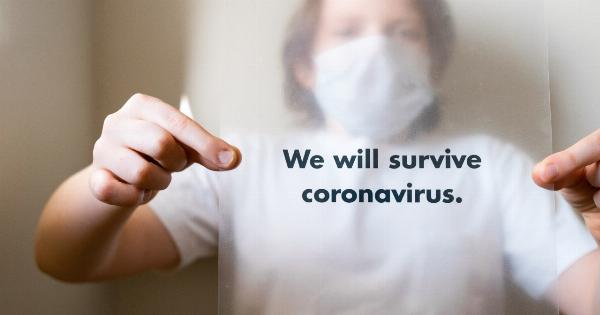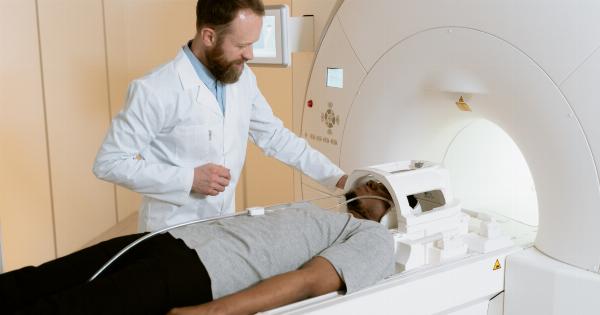Motor neuron disease, also known as amyotrophic lateral sclerosis (ALS) or Lou Gehrig’s disease, is a progressive neurodegenerative disorder that affects nerve cells in the brain and spinal cord.
It results in the loss of voluntary muscle movement, leading to difficulties in speaking, swallowing, and even breathing.
For individuals diagnosed with motor neuron disease, communication becomes a challenging task as their ability to speak declines.
However, advancements in technology have brought about innovative communication devices that are transforming the lives of these patients.
1. Overview of Motor Neuron Disease
Motor neuron disease is a devastating condition that affects approximately 2 out of every 100,000 people worldwide.
It primarily targets the motor neurons, which are responsible for transmitting electrical signals from the brain to the muscles, enabling voluntary movements. As the disease progresses, these motor neurons deteriorate and eventually die, resulting in the loss of muscle control.
Initially, motor neuron disease leads to muscle weakness, twitching, and cramps. Over time, it advances to more severe symptoms, including difficulty in walking, speaking, swallowing, and breathing.
Patients with advanced stages of the disease may become completely paralyzed, relying on assistive devices and caregivers for everyday tasks.
2. Challenges in Communication for Motor Neuron Patients
Loss of verbal communication is one of the most distressing consequences of motor neuron disease. Patients gradually lose their ability to speak, making it challenging for them to express their needs, thoughts, and emotions.
This loss of communication often leads to frustration, isolation, and a diminished quality of life.
As speech becomes increasingly difficult, motor neuron patients may struggle to make themselves understood, causing misunderstandings and hindering their interaction with others.
This communication barrier can also affect their relationships with family and friends, leading to feelings of social isolation.
3. The Impact of Innovative Communication Devices
Fortunately, innovative communication devices are revolutionizing the way motor neuron patients communicate.
These devices utilize advanced technology to bridge the gap and enable effective communication, improving the quality of life for individuals living with motor neuron disease.
4. Eye-Tracking Technology
One breakthrough technology used in communication devices for motor neuron patients is eye-tracking.
These devices monitor the movement of the eyes and interpret them as commands, allowing patients to control a computer or a speech-generating device (SGD) using their eye movements.
Eye-tracking technology tracks the patient’s eye movements and converts them into text or vocal output. By looking at specific icons or words displayed on a screen, patients can select their intended message and have it spoken aloud by the device.
This greatly enhances their ability to communicate, even if they have lost all other forms of speech and movement.
5. Brain-Computer Interfaces (BCIs)
Another groundbreaking technology is the development of Brain-Computer Interfaces (BCIs), which directly connect the brain to external devices.
BCIs can potentially allow motor neuron patients to control various gadgets and devices using their thoughts and brain signals.
Current research on BCIs is focused on developing methods to convert a patient’s brain signals into actionable commands.
Though still in the early stages, BCIs hold great promise as a future communication tool for motor neuron patients, enabling them to navigate the digital world and interact with their surroundings using only their thoughts.
6. Assistive Apps and Software
In addition to dedicated devices, there are numerous assistive apps and software available for smartphones, tablets, and computers that cater specifically to motor neuron patients.
These apps provide alternative means of communication and enable users to express themselves through text, symbols, or even synthesized speech.
Assistive apps and software also offer features like predictive text, phrase banks, and customizable communication boards that adapt to the specific needs and preferences of the user.
These tools can significantly enhance communication and empower motor neuron patients to actively participate in conversations and express their thoughts and emotions.
7. Personalized Avatars and Voice Cloning
Advancements in technology have further led to the development of personalized avatars and voice cloning for motor neuron patients.
These avatars and clones can be programmed or trained to mimic the patient’s voice and speaking style, providing them with a more personalized and natural means of communication.
Using recorded samples of the patient’s voice, customized algorithms can generate a synthetic voice that closely resembles their original voice.
This personalized voice can be integrated into communication devices or speech-generating apps, allowing patients to retain a sense of their own identity while communicating.
8. Enhanced Accessibility and User-Friendliness
The innovative communication devices available today aim not only to improve functionality but also to enhance accessibility and user-friendliness for motor neuron patients.
Manufacturers are designing devices with intuitive interfaces, clear displays, and customizable settings to cater to the specific needs of individuals with limited mobility and communication abilities.
Moreover, these devices are becoming more portable, lightweight, and discreet, allowing patients to carry them wherever they go.
This portability ensures that motor neuron patients have constant access to their communication tools, even outside their homes and caregiving environments.
9. Rehabilitation and Speech Therapy Integration
While communication devices have proven to be incredibly beneficial for motor neuron patients, their effectiveness is further amplified when integrated with rehabilitation and speech therapy programs.
Speech therapists play a vital role in guiding patients on how to best utilize these devices and optimize their communication skills.
By incorporating communication devices into rehabilitation and speech therapy sessions, motor neuron patients can learn new techniques, strategies, and exercises to maximize the benefits of their devices.
Therapists can also help patients overcome any challenges they may face and continuously assess and modify their communication plan to adapt to the progression of their disease.
10. Impact on Quality of Life
The implementation of innovative communication devices has a profound impact on the quality of life for motor neuron patients. These devices restore a sense of control and independence by giving patients the power to express themselves effectively.
Improved communication leads to enhanced social interactions, which are crucial for maintaining emotional wellbeing.
Motor neuron patients can actively participate in conversations, express their thoughts and emotions, and engage with their loved ones, thus reducing feelings of loneliness and isolation commonly associated with their condition.
The ability to effectively communicate also facilitates increased participation in everyday activities, including making important decisions about healthcare, relationships, and personal preferences.
Motor neuron patients can maintain a level of autonomy and agency, empowering them to live life on their own terms despite the challenges posed by their disease.
In conclusion, innovative communication devices have revolutionized the lives of motor neuron patients by providing them with a means to overcome the communication challenges brought on by the progression of the disease.
These devices, ranging from eye-tracking technology to brain-computer interfaces, offer a lifeline for those affected by motor neuron disease, enabling them to express their needs, thoughts, and emotions while fostering social connections and improving overall quality of life.































